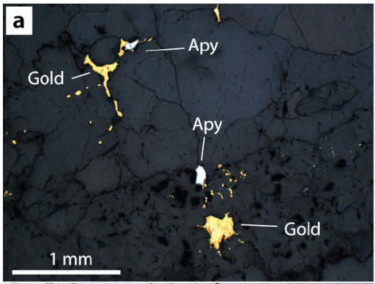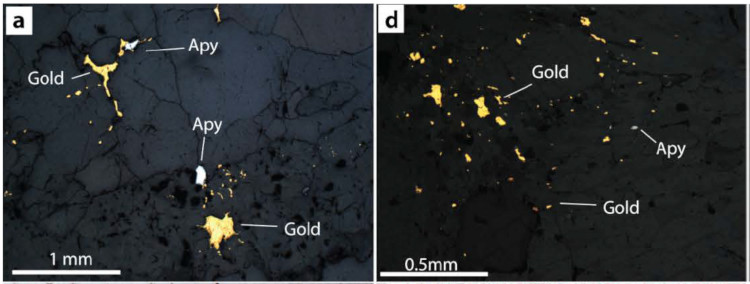This project investigates the large-scale tectono-metamorphic evolution of South Greenland in relation to the formation of orogenic gold deposits. The aim of the project is to create a 4-dimensional space-time-model and to improve the current geological understanding of the Paleoproterozoic Ketilidian Orogen that formed South Greenland. In a completed PhD project (Robin-Marie Bell), we studied the Nalunaq gold mine of South Greenland in detail. We identified a complex hydrothermal evolution that lasted ca. 40 m.y. and the various related hydrothermal alteration assemblages. Orogenic gold mineralization is restricted to one single stage between 1783 and 1762 Ma. Other gold occurrences in South Greenland are target for mineral exploration, but a regional genetic model for orogenic gold mineralization is still lacking. We study the regional geology and other mineral occurrences in order to get a model for the regional orogenic and hydrothermal evolution. The need of detailed geological information for South Greenland is shown by geochronological data from 2018, which shows evidence for a hitherto not recognized magmatic pulse at ca. 1700 Ma.


